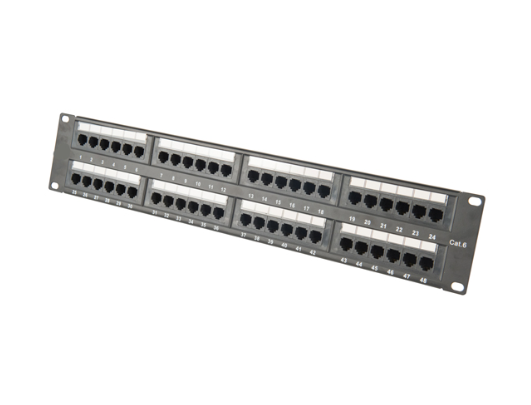News
Site Editor
 Site
https://leonetworkgroup.usa18.wondercdn.com/uploads/image/5fe152faa587d.png
USB Type-C is a versatile interface that can transmit data, video, and power at high speeds. However, not all USB Type-C cables are created equal. Some cables may not be able to handle the required power or data transfer rates, which can cause issues like slow charging, unreliable data transfer, or even potential damage to your devices. In this article, we will discuss how to test USB Type-C cable
Site
https://leonetworkgroup.usa18.wondercdn.com/uploads/image/5fe152faa587d.png
USB Type-C is a versatile interface that can transmit data, video, and power at high speeds. However, not all USB Type-C cables are created equal. Some cables may not be able to handle the required power or data transfer rates, which can cause issues like slow charging, unreliable data transfer, or even potential damage to your devices. In this article, we will discuss how to test USB Type-C cable
How To Test Usb Type C Cable
Views: 7898
Author: Site Editor
Publish Time: 2023-07-10
Origin: Site
USB Type-C is a versatile interface that can transmit data, video, and power at high speeds. However, not all USB Type-C cables are created equal. Some cables may not be able to handle the required power or data transfer rates, which can cause issues like slow charging, unreliable data transfer, or even potential damage to your devices. In this article, we will discuss how to test USB Type-C cables to ensure they’re up to the task.
1. Check for Certification
The first step in testing a USB Type-C cable is to check if it’s certified. The USB-IF (USB Implementers Forum) is the industry group that sets the standards for USB Type-C cables. The USB-IF developed a certification process to ensure that cables meet the required safety and performance standards.
Certified cables will include a logo on the packaging or the cable itself. You can also check the USB-IF’s website for a list of certified cables and manufacturers.
2. Test the Cable’s Voltage and Current Ratings
USB Type-C cables can vary in their voltage and current ratings. If a cable is not rated for the required voltage and current, it may not be able to provide enough power to charge your device or transfer data at the required speed.
To test a cable’s voltage and current ratings, you will need a USB Type-C meter. These can be purchased online or at electronics stores. Plug the cable into the meter and then into a USB Type-C device. The meter will display the voltage and current readings. Compare these readings to the device’s manufacturer specifications to ensure they’re within the acceptable range.
3. Test Data Transfer Speeds
USB Type-C cables can also vary in their data transfer speeds. If a cable cannot transfer data at the required speed, it can cause files to take longer to transfer or even cause data loss.
To test a cable’s data transfer speed, you can use a program like CrystalDiskMark. This program tests the reading and writing speeds of your device’s storage. Plug your USB Type-C device into your computer using the cable to be tested, then run the program and select the drive that represents the device.
Once the test is complete, compare the results to the advertised data transfer rates to ensure they’re within an acceptable range.
4. Flex and Bend Test
Bending and flexing a cable can reveal any potential weak points or kinks in the wiring. If a cable is not properly insulated or constructed, bending or flexing the cable can cause it to fail.
To conduct a flex and bend test, plug the cable into a device and gently bend and flex it while it’s in use. Look for any interruptions in the signal or changes in the device’s performance. If there are any issues, replace the cable immediately to avoid any potential damage to your devices.
Conclusion
Testing your USB Type-C cables is essential for ensuring that they meet the required safety and performance standards. By following the steps outlined in this article, you can verify that your cables are up to the task and avoid any potential damage to your devices. Remember, it’s always better to be safe than sorry when it comes to electronic devices.
If you want to know more about industrial network cabinet,china fiber optic splice closure,china fiber optic distribution box,please consult the fiber optic splice closure factory









